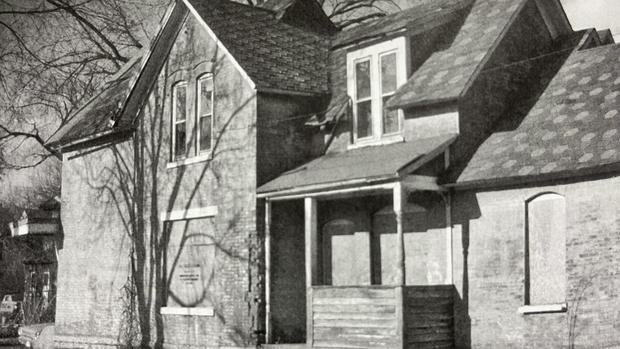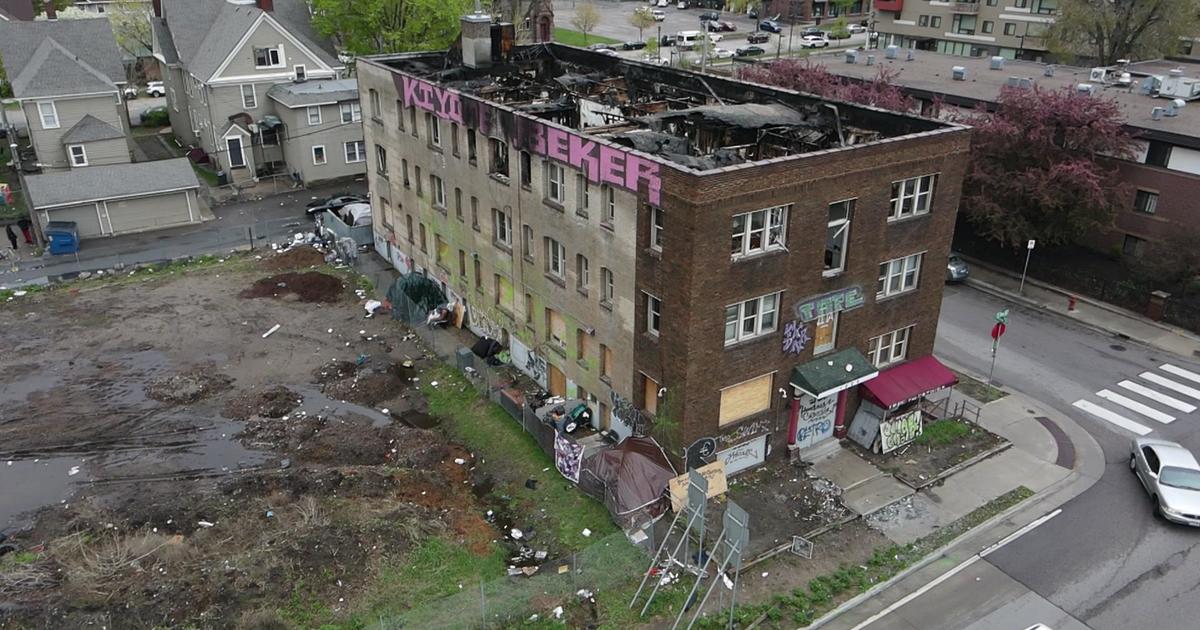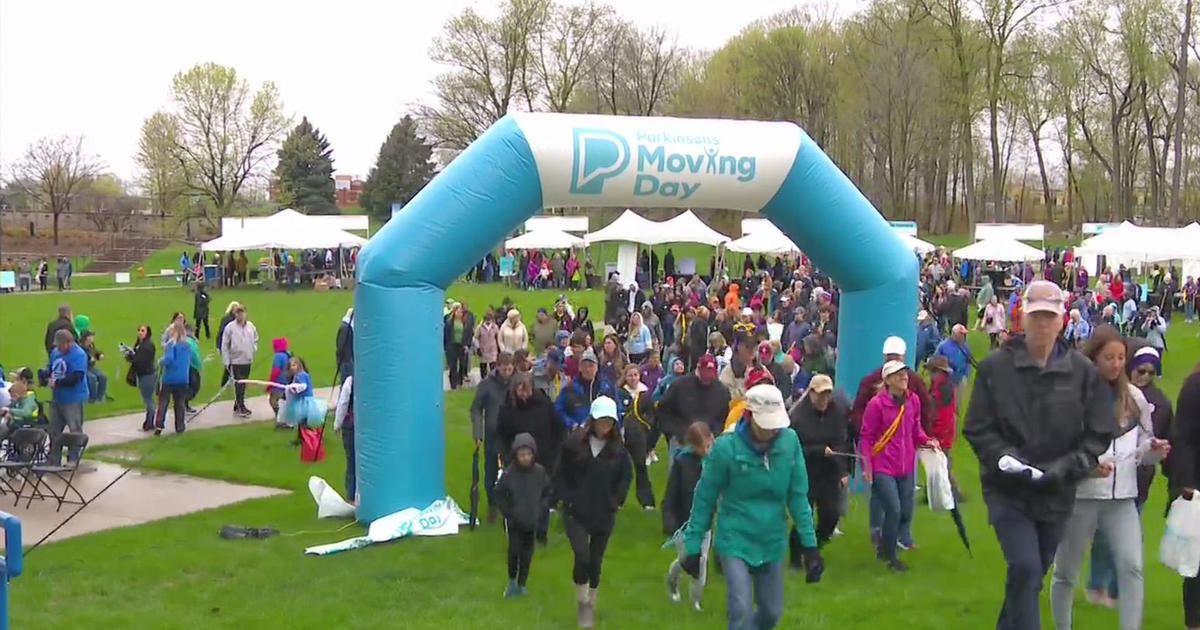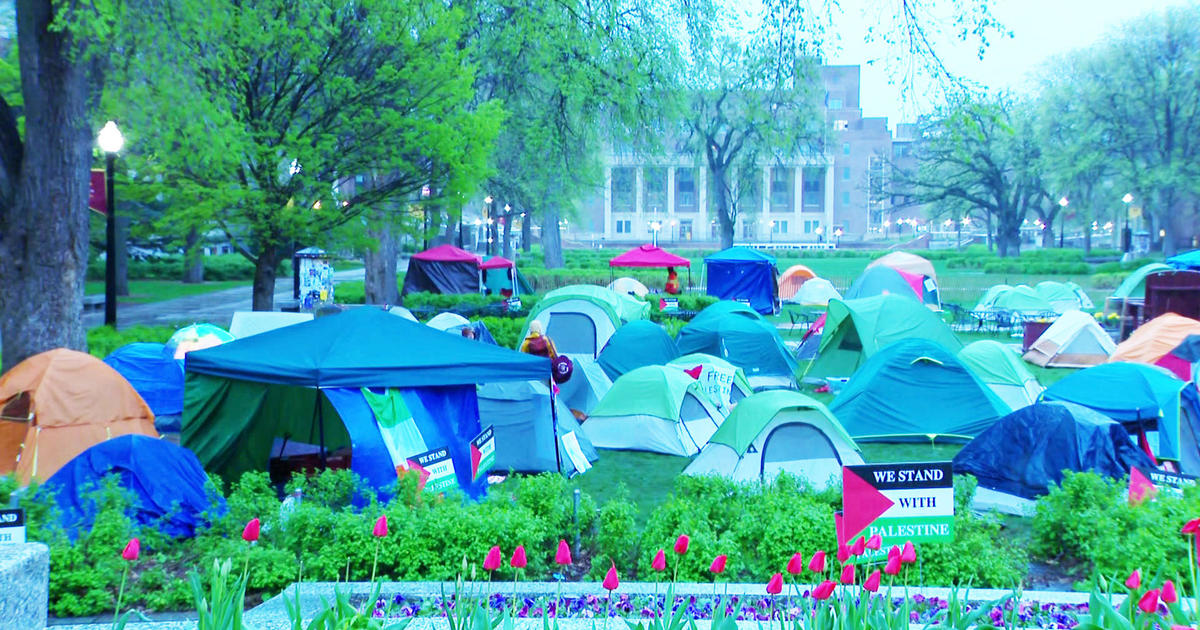Pedestrian-only Milwaukee Ave. in Minneapolis survived, triumphed after facing demolition in 1970s
MINNEAPOLIS -- A unique neighborhood destined to be destroyed in the 70s survived and triumphed, paving the way for the idyllic area it is today. The heart of the Seward neighborhood lies an avenue closed to cars. Milwaukee Avenue is on the national register of historic places.
Along Milwaukee Avenue, you'll find people walking and biking and neighbors greeting each other.
It's quietly nestled in one of Minneapolis' oldest neighborhoods.
"Milwaukee Avenue is right in the center of the urban tapestry of Minneapolis," neighbor Diane Richard said.
The heart of the historic district is the people who live in the 45 Victorian homes with the uniform porches, fret work and steep pitch of the gables. People like Connie Fournier.
"It's my soul. It really is, this place is my soul and always will be," Fournier said.
And Judy who lives down the block.
"It's our little piece of paradise," Judy said.
Originally built in the late 1800s by a developer looking to maximize profits says Richard. The original idea was to put a lot of people in a small area.
"Exactly. It's what developers do they try to figure out the best way to make a buck," Richard said.
The renters who lived here, mostly immigrants, Norwegians we're told, and working-class families, some who worked on the nearby Milwaukee railroad.
"I don't think anyone came here thinking this is going to be a gorgeous destination someday," Richard said.
Mayerle asked "and that's changed." "It has changed, Richard responded.
Bob Roscoe is in large part responsible for saving the neighborhood and transforming it into what it is today.
"Sometime in the 1970s the Minneapolis Housing Authority thought, let's just get rid of all of this stuff. They wanted to tear everything down," Roscoe said.
By the 1970s, the homes were in disrepair, some boarded up and condemned. But Roscoe and a group of community organizers saw something along the narrow two-blocks no one else did.
"We didn't quite call ourselves hippies, but other people did but I think we thought this was a cause worth developing. I maintain we had imagination, they didn't," Roscoe said.
Roscoe literally wrote the book on the urban renewal. With a background in architecture, he and other visionaries developed the future of the area.
"We didn't look at historic preservation as a goal right away, we looked at it as saving the neighborhood," Roscoe said.
They did rescue the neighborhood. And protected it by getting Milwaukee Avenue on the National Registry of Historic Places. It was later designated a historic district in Minneapolis.
"This is what makes this neighborhood unique is these homes across from each other without a road in the middle," Mayerle said.
"Right and I think having a green space like this. That's what I give myself a lot of credit for," Roscoe said.
It took time to rehab the homes. Some were demolished and replaced with historic replicas. Others were lifted, basements added. And newly married couples fresh out of college, like the Fournier's poured their lives into the restoration.
"It took a year of a lot of hard work and a lot of love and a lot of help from a lot of people," Fournier said.
Inside her home today it's open and airy. She was given the liberty to create your own interior. Inside is modern.
"And the outside historic which is kind of neat," Fournier said.
Judy and her husband also moved in decades ago and kept their home close to the original layout.
"It's kind of uniformity but with an individual taste. You feel like you belong, but you can express yourself," Judy said.
Bringing neighbors together and preserving the architectural integrity was all by design.
"There is just a really, lovely legacy that is serendipitous. I think if this area speaks to you, you really want to be here to protect and defend it and enjoy it and share it," Richard said.
Stroll down Milwaukee Avenue during Doors Open Minneapolis this weekend. It's a time to explore areas often closed to the public that make the city unique. There are 86 other free sites to visit. Learn more here.






